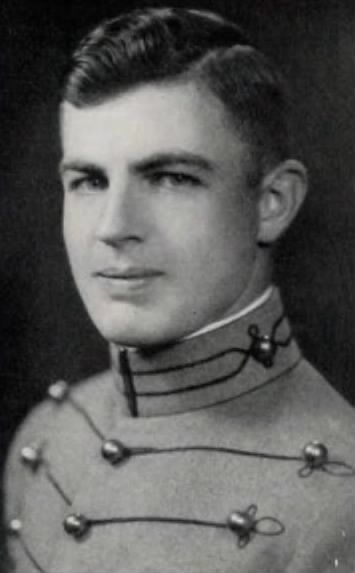Dwight Drenth Edison was born on May 16, 1909, in Los Angeles, California. He was the son of Elizabeth Drenth. He was nominated from California’s 7th Congressional District, entered the U.S. Military Academy at West Point in 1928, and graduated in 1932. Assigned to the 59th Coast Artillery Regiment at Fort Mills, Corregidor, Edison rose through the ranks to become Regimental Executive Officer.
During the Japanese assault on Corregidor in May 1942, the 59th endured relentless bombardment but fought with distinction, firing the last U.S. coastal artillery rounds of the war. On May 6, 1942, under orders from General Wainwright, Colonel Paul D. Bunker and Lt. Col. Edison personally lowered and burned the American flag to prevent its capture. A small fragment preserved by Col. Bunker later became a national relic housed in the U.S. National Archives. After Corregidor’s surrender, Edison was taken prisoner by the Japanese and endured over two years of captivity in Cabanatuan and Bilibid. In December 1944, he was placed aboard the Oryoku Maru, one of the infamous Japanese “hell ships,” which carried Allied POWs to Japan under brutal conditions. The ship was bombed and sunk by U.S. aircraft at Subic Bay on December 15, 1944. His remains were never recovered.
Edison survived the sinking and was held temporarily at a tennis court near Subic Bay. On December 23, 1944, Japanese guards ordered 15 of the most seriously ill POWs, including LTC Edison, to be taken for supposed hospitalization in Manila. Instead, the men were transported to a cemetery near San Fernando, Pampanga, where they were forced to kneel and were executed by bayonet and decapitation.
LTC Edison's name is memorialized in the Tablets of the Missing in the Manila American Cemetery and Memorial, Manila, Capital District, National Capital Region, Philippines.
Source of information: www.findagrave.com, alumni.westpointaog.org, https://www.scdailypress.com

PRIVATE CITIZENS SUPPORTING AMERICA'S HERITAGE
American
War Memorials Overseas, Inc.
War Memorials Overseas, Inc.
Edison Dwight Drenth
Name:
Dwight Drenth Edison
Rank:
Lieutenant Colonel
Serial Number:
O-18786
Unit:
59th Coast Artillery Regiment
Date of Death:
1944-12-23
State:
California
Cemetery:
Manila American Cemetery and Memorial, Manila, Capital District, National Capital Region, Philippines
Plot:
Tablets of the Missing
Row:
Grave:
Decoration:
Legion of Merit, Purple Heart, POW Medal
Comments:
